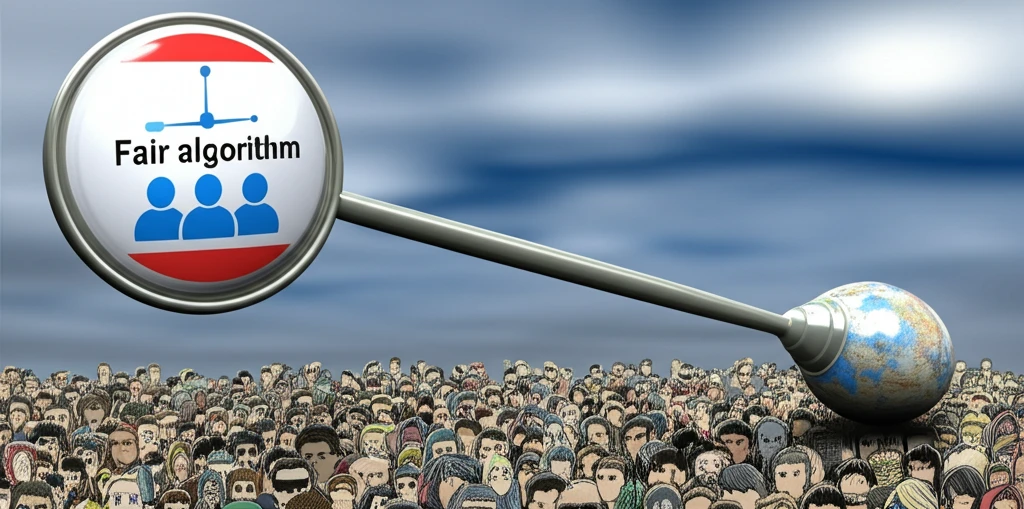
Are Algorithms the New Prejudice? Unveiling Hidden Bias in Rating Systems
"Explore how seemingly fair algorithms in online marketplaces can perpetuate discrimination, and what it means for the future of fairness in the digital age."
In today's digital age, discrimination remains a persistent challenge. Despite advancements in technology, inequalities based on race, gender, ethnicity, and other social identities continue to surface in online marketplaces and social media platforms. You might think that algorithms and rating systems would eliminate bias, but studies show that discrimination persists on platforms like Airbnb, freelancing websites, and even online communities. This raises an important question: How can discrimination occur even when algorithms are designed to be fair?
At first glance, online marketplaces seem like an ideal setting for fairness. User-generated rating systems are designed to provide accurate information about individuals, which should reduce biased inferences based on group identities. In a perfect world, more information and social learning should lead to less discrimination. However, real-world marketplaces are far from perfect, and it's not always clear whether these mechanisms actually reduce discrimination.
The key lies in understanding how social learning works in these environments. Social learning involves a feedback loop between two processes: data sampling (or experience gathering) and informing (or recommending user decisions. While the latter can be designed to be unbiased and fair, the former is inherently non-random and potentially biased. Data sampling occurs when transactions take place, driven by the economic interests of the parties involved. Users naturally seek high-value partners with positive ratings, not random or representative ones. This selective sampling can lead to unexpected and unfair outcomes.
How Can Fair Rating Systems Still Lead to Discrimination?

To understand this paradox, let's delve into a recent study that examines how statistical discrimination can arise in ratings-guided markets, even when the algorithms themselves are unbiased. The researchers developed a model that incorporates the feedback process between data sampling and user decisions to examine the implications for statistical discrimination. The model features directed search and matching between buyers and sellers, guided by user-contributed ratings.
- The Model Setup: Sellers have a group identity (Group 1 or Group 2) and a productivity type (High or Low), ratings are binary ("good" or "bad").
- The Twist: Ratings can be updated after each transaction, reflecting a seller’s actual type.
- The Key Parameter: The effectiveness of social learning (how well ratings reflect actual types) is captured by a parameter α.
- Strategic Buyers: Buyers direct their search based on ratings and group identities.
The Path Forward: Ensuring Fairness in the Digital Economy
This research highlights the importance of considering the broader context of social learning when designing algorithms for online marketplaces. While algorithmic fairness is essential, it's not enough to achieve true fairness. We must also address the potential for discriminatory sampling and biased interpretations of ratings. By understanding these subtle mechanisms, we can work towards creating more equitable and inclusive digital environments for everyone.
